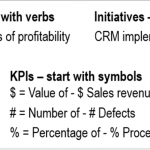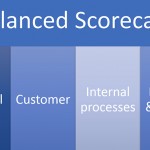Which are the key steps to implementing an Individual Performance Management System?
Individual performance management systems, which offer employees and managers an opportunity to identify strengths and weaknesses in their performance and to establish new directions for improvement, imply following 6 key steps in order be properly implemented.
Step #1 Clarify the organizational context: This refers to reviewing the organization’s current state and its needs, which require the implementation of an individual performance management system. It helps in understanding the organizational culture, employee perceptions of such a system and also in identifying the obstacles that might influence a successful implementation.
Step #2 Establish the system implementation project plan: It refers to following all the necessary steps for implementing the performance management system at individual level (i.e. obtaining project approval, project implementation plan, project communication to stakeholders, project initiation, monitoring and continuous review).
Step #3 Define components and templates used: It can be done by analyzing best case practices or through HR manager recommendations. Managers need to establish standardized templates to be used within their organizations.
Step #4 Presentations and training sessions for the management and employees: They should be implemented in order to ensure that both the management and the employees understand the individual performance management system and the project implementation plan. During these sessions, the purpose and objectives of using such a system will be explained, along with the role assigned to each employee.
Step #5 Project implementation: It refers to the start-up phase of the system implementation, by using all components. It implies stakeholder involvement and system validation during implementation for continuous improvement.
Step #6 System monitoring and review: The purpose of this step is comparing the current results with the expected ones and analyzing the outcomes. System monitoring and continuous reviews will help in achieving the project’s objectives in due time.
References:

Tags: Ask the Experts, Individual Performance






